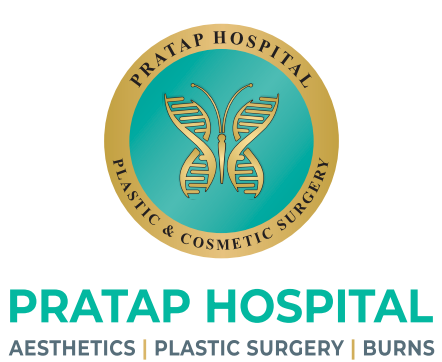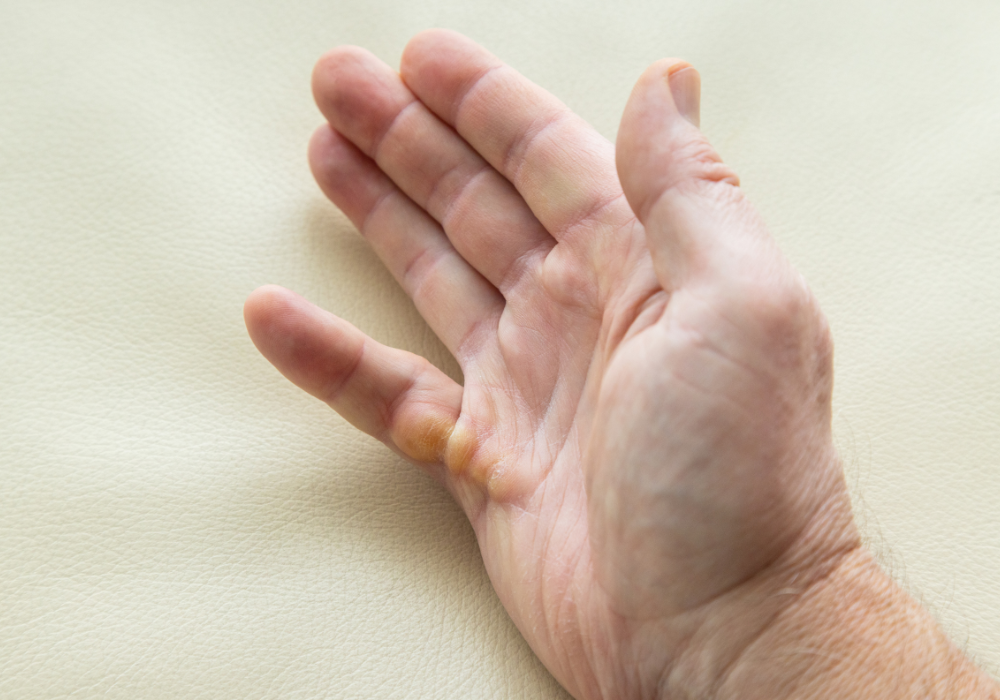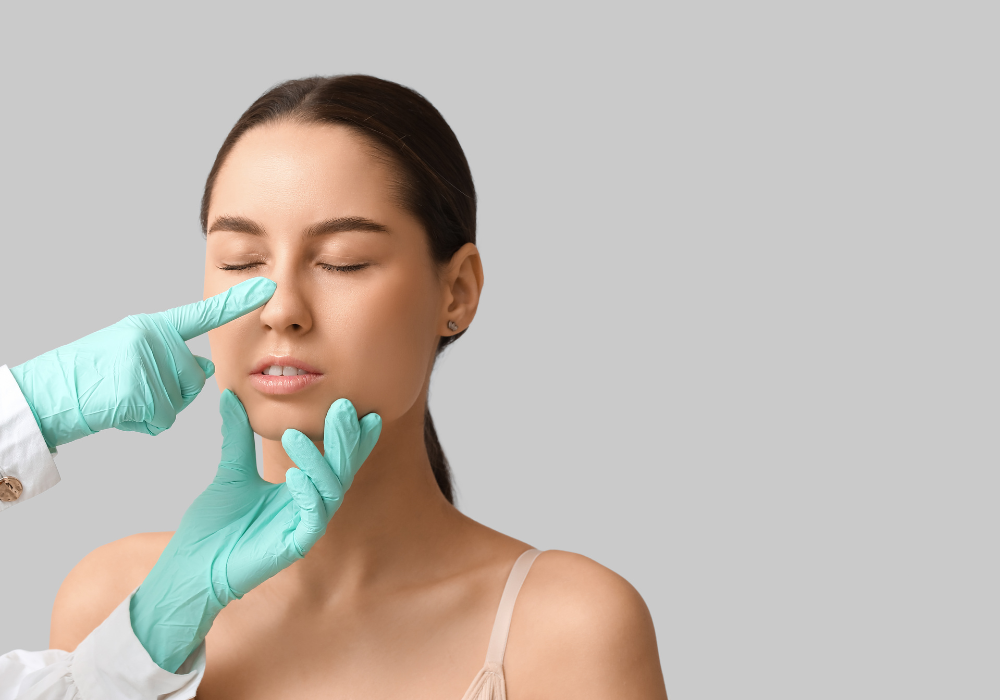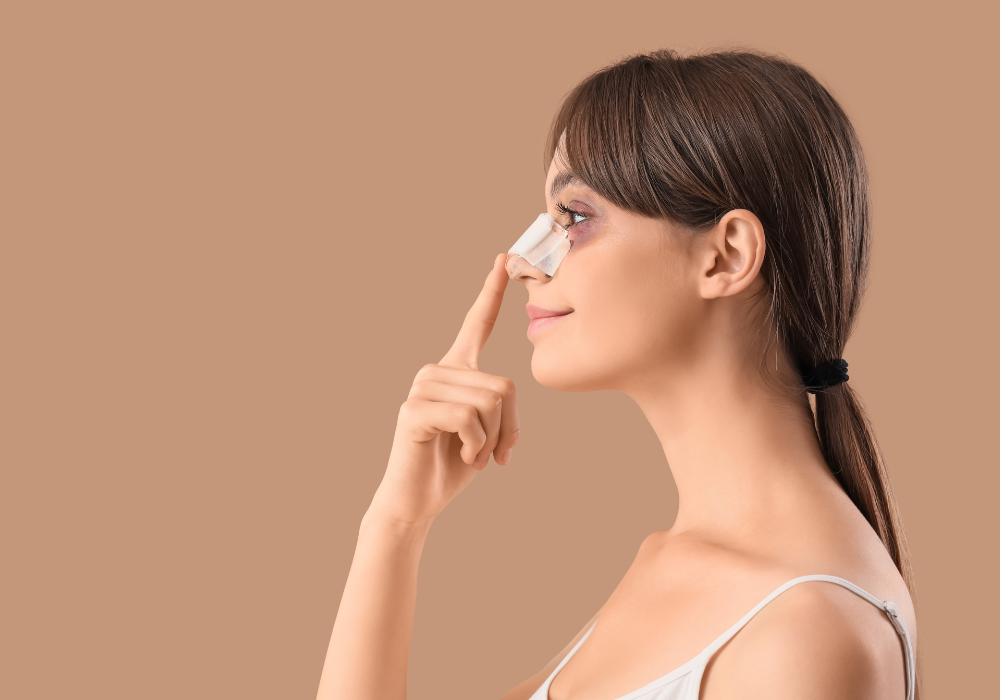
- Home
- About
- Surgical
- Non Surgical
- Burns
- Cranio-maxillofacial surgery
- Gallery
- Contact
Dupuytren’s Contracture — Restoring Finger Mobility & Hand Function
Advanced Treatment for Dupuytren’s Contracture at Pratap Hospital, led by Dr. Pratap Duggirala (M.S., M.Ch) offers expert evaluation and precision surgery for patients experiencing progressive tightening of the palm tissues, leading to bent fingers and restricted hand function.
As a center known for hand surgery, microvascular expertise, and reconstructive precision in Vijayawada, Pratap Hospital provides scientifically advanced and patient-centered solutions.
With extensive experience in soft tissue surgery, tendon and fascial release, and post-trauma reconstruction, Dr. Pratap delivers dependable, functional, and aesthetically refined outcomes.
Whether the condition is mild, moderate, or severely limiting daily activities, every treatment plan is uniquely tailored to restore hand mobility, strength, and comfort.

- Overview
- Why People Choose Pratap Hospital for Dupuytren’s Contracture Treatment
- Pre-Surgical Evaluation
- Surgical Techniques Used
- The Surgical Process
- Frequently Asked Queries
Dupuytren’s Contracture is a condition where the fascia (connective tissue) of the palm thickens and tightens, slowly pulling the fingers—usually the ring and little finger—into a bent position.
Common symptoms include:
Nodules or lumps in the palm
Thick cords extending into the fingers
Progressive finger bending
Difficulty placing the hand flat
Reduced grip and functional use
The condition is progressive and does not improve on its own, making early evaluation important for long-term function.
✓ Expertise in Hand & Soft Tissue Surgery
Dr. Pratap’s specialization in reconstructive and microsurgical procedures enables precise, effective management of hand deformities.
✓ Customized Treatment for Every Stage
Whether early contracture or advanced deformity, treatment is tailored to severity, finger involvement, and functional needs.
✓ Minimally Invasive Options Available
Depending on suitability, needle aponeurotomy or small-incision releases can be performed.
✓ Focus on Function & Mobility
The goal is not only straightening of fingers, but restoring:
Grip strength
Palm flexibility
Full range of motion
✓ Proven Surgical Outcomes
Patients experience significant improvement in daily activities and hand comfort.
✔ Clinical Assessment
Finger contracture degree
Presence of cords, nodules
Joint stiffness
Skin flexibility
Functional impairment
✔ Range of Motion Tests
To assess distal and proximal finger joints.
✔ Identification of Associated Conditions
Diabetes, alcohol use, trauma history, family history, or thyroid disorders may influence the treatment plan.
✔ Surgical Planning
Choosing between minimally invasive techniques vs. open fasciectomy based on disease severity.
• Needle Aponeurotomy (Minimally Invasive)
A fine needle is used to release the tight cords.
Small punctures, fast recovery.
Best for early to moderate stage disease.
• Limited/Open Fasciectomy
Removal of thickened fascia and cords.
Ideal for more advanced contractures.
Provides long-lasting correction.
• Dermofasciectomy (For Recurrent Cases)
Removal of affected fascia along with overlying skin.
Skin graft is applied to reduce recurrence risk.
• Joint Release (If required)
For stiffness involving finger joints due to long-standing contracture.
Step 1: Preparation
Local, regional, or general anesthesia depending on procedure.
Marking the cords and involved joints.
Step 2: Fascial Release / Excision
Release or removal of diseased tissue.
Straightening of finger deformity.
Protection of nerves and blood vessels.
Step 3: Closure & Dressing
Cosmetic suturing for minimal scarring.
Splinting to maintain finger extension.
Step 4: Rehabilitation & Recovery
Early finger movement encouraged.
Physiotherapy for flexibility and strength.
Splinting may continue for several weeks.
Most patients resume routine activities within 1–3 weeks, depending on procedure type.
1. What causes Dupuytren’s Contracture?
It is related to genetic factors, age, diabetes, alcohol use, and sometimes repetitive hand strain. It is not caused by injury or infection.
2. Does it go away on its own?
No. The condition is progressive and needs medical or surgical intervention when function is affected.
3. When is surgery needed?
When you cannot place your palm flat on a table or when finger bending affects daily tasks.
4. Which procedure is better — needle release or surgery?
Needle release is minimally invasive and suitable for early cases.
Open surgery is preferred for severe or recurrent cases.
5. Will the contracture come back?
Recurrence is possible, especially with aggressive disease. Proper technique and follow-up reduce this risk.
6. How long is recovery?
Mild cases: 1–2 weeks
Moderate to severe: 3–6 weeks with therapy
Book a Consultation
If you’re considering rhinoplasty for aesthetic enhancement or breathing improvement, schedule a consultation at Pratap Hospital today.
Our team will guide you through every step — from evaluation and planning to surgery and recovery — ensuring safe, effective, and natural results.
📍 Pratap Hospital — Reconstructive, Aesthetic & Microsurgery Centre
📞 Call / WhatsApp: +91 94929 69899
📧 Email: drpratapshospital@gmail.com

Before And After Results















